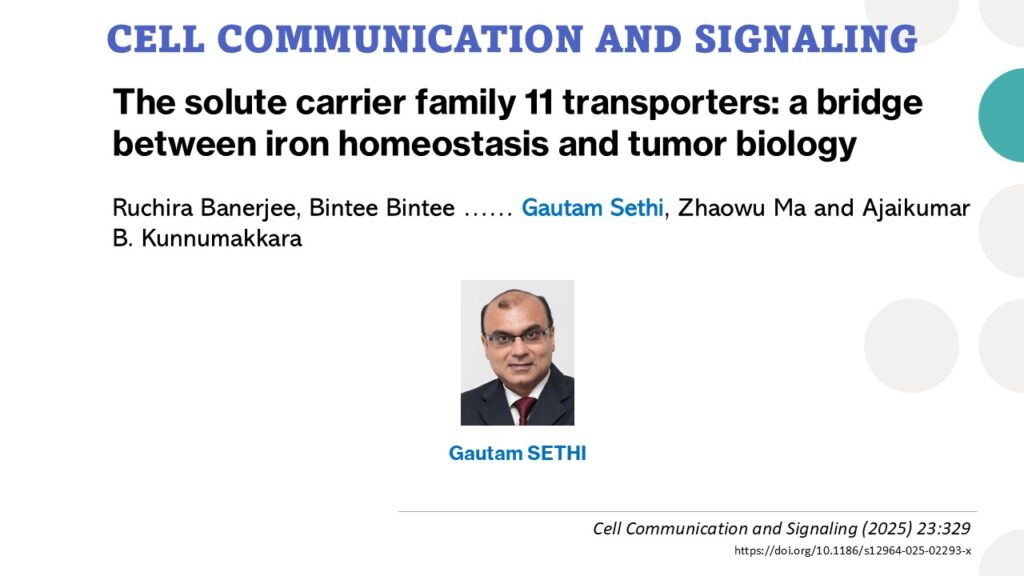Bioresponsive engineered nanoparticles for immunomodulation

Abstract
Background
Nanoparticles (NPs) have emerged as highly efficient drug delivery vehicles. NPs are characterised by their ability to safeguard drugs, enhance stability, prolong durability, and facilitate targeted tissue delivery. Moreover, NPs can be customised to either stimulate or suppress immune responses while evading immune detection.
Main body
An increasing body of research demonstrated the therapeutic advantages of delivering various substances via surface-engineered NPs particularly in targeting immune cells. A broad spectrum of nanomaterials has been recognised for their superior ability to elicit immune responses, thereby enhancing disease prevention and therapeutic outcomes in vivo. In this comprehensive review, we discuss the impact of bioresponsive NPs on immunostimulation, immunomodulation, and immunosuppression. Particular focus is placed on how the physiochemical properties of these NPs influence the interaction between immune cells and host tissues, thereby achieving the desired immune regulation to combat various human diseases while reducing immunotoxicity. Additionally, we examined immune-inspired and immune-mediated strategies for the targeted delivery of NPs to specific sites within the body. Finally, we highlight the importance of understanding and focusing on immune cell trafficking mechanisms, as deeper insights into these processes may guide the rational design and fabrication of NPs capable of specifically targeting altered immune pathways under pathological conditions. This review offers an in-depth understanding of the diverse roles of bioresponsive NPs in immune regulation and targeted drug delivery, aiming to advance therapeutic strategies for a wide range of human diseases.
Conclusion
Nanomaterials possess significant immunomodulatory capabilities, enhancing both disease prevention and therapeutic efficacy in vivo, yet their clinical translation is hindered by complex fabrication methods and high production costs. Future efforts must focus on simplifying synthesis and improving cost-efficiency to facilitate their adoption in clinical practice.
Full Article: https://link.springer.com/article/10.1186/s12916-025-04305-6
Bioresponsive engineered nanoparticles for immunomodulation Read More »




















